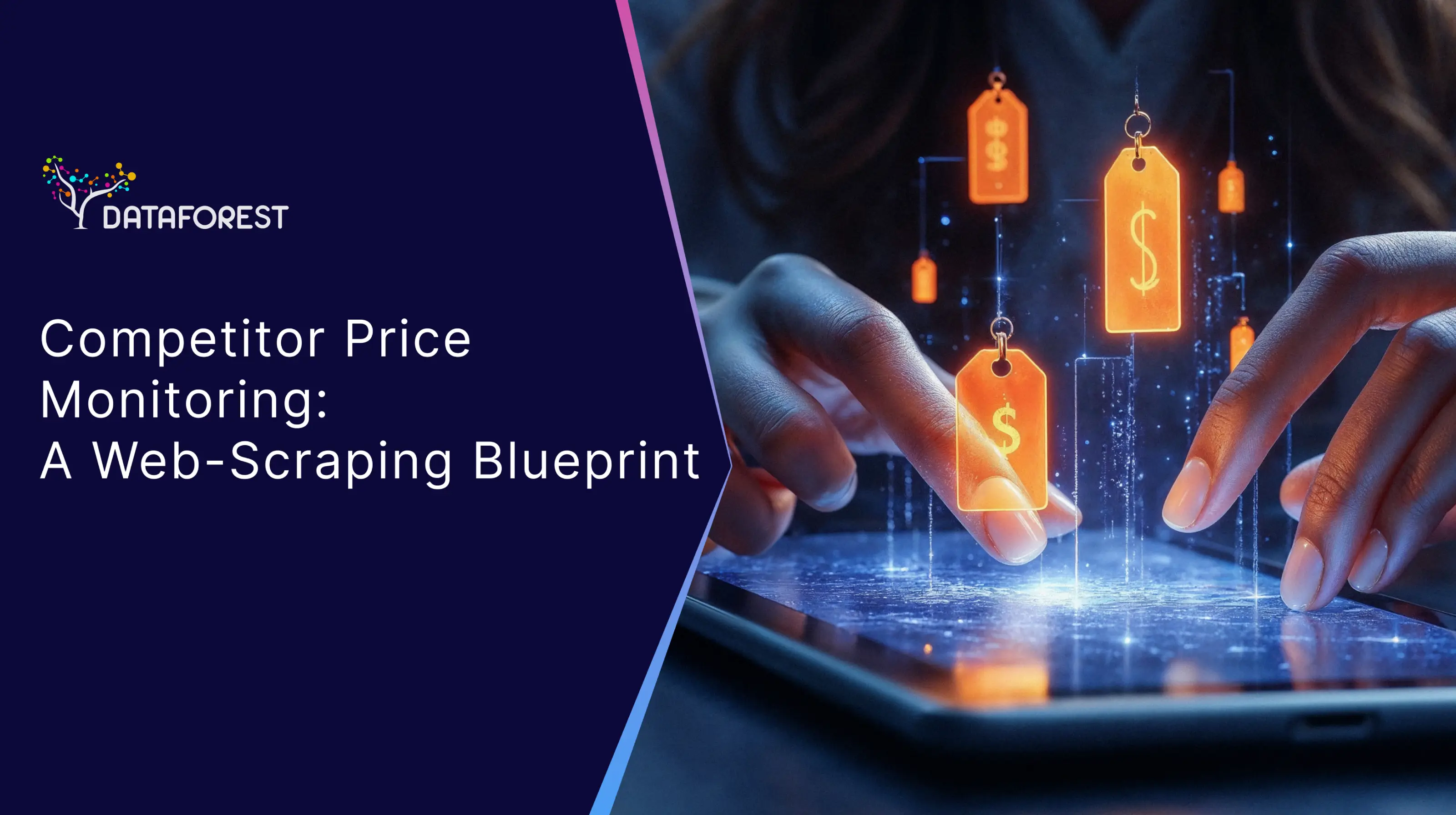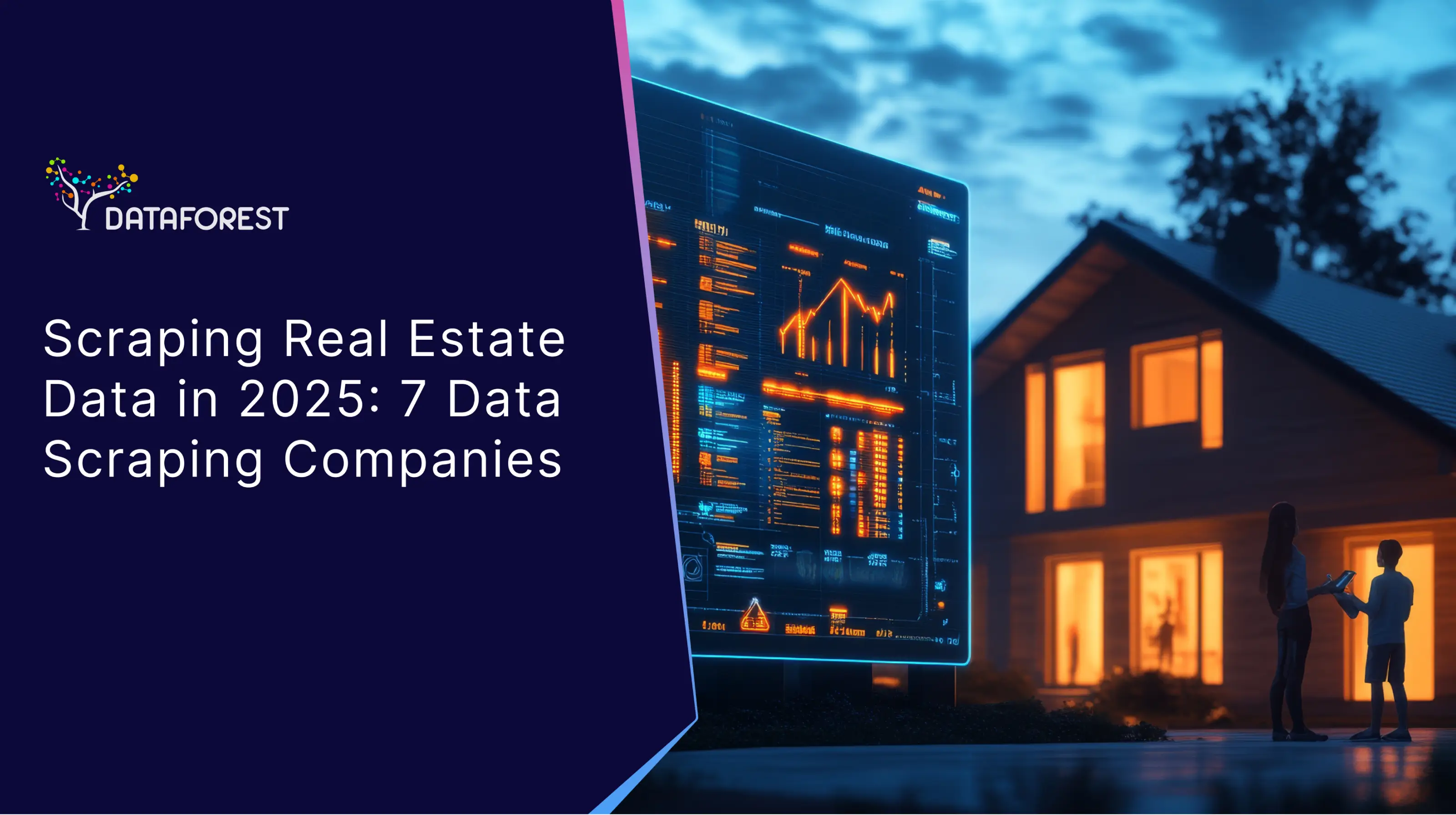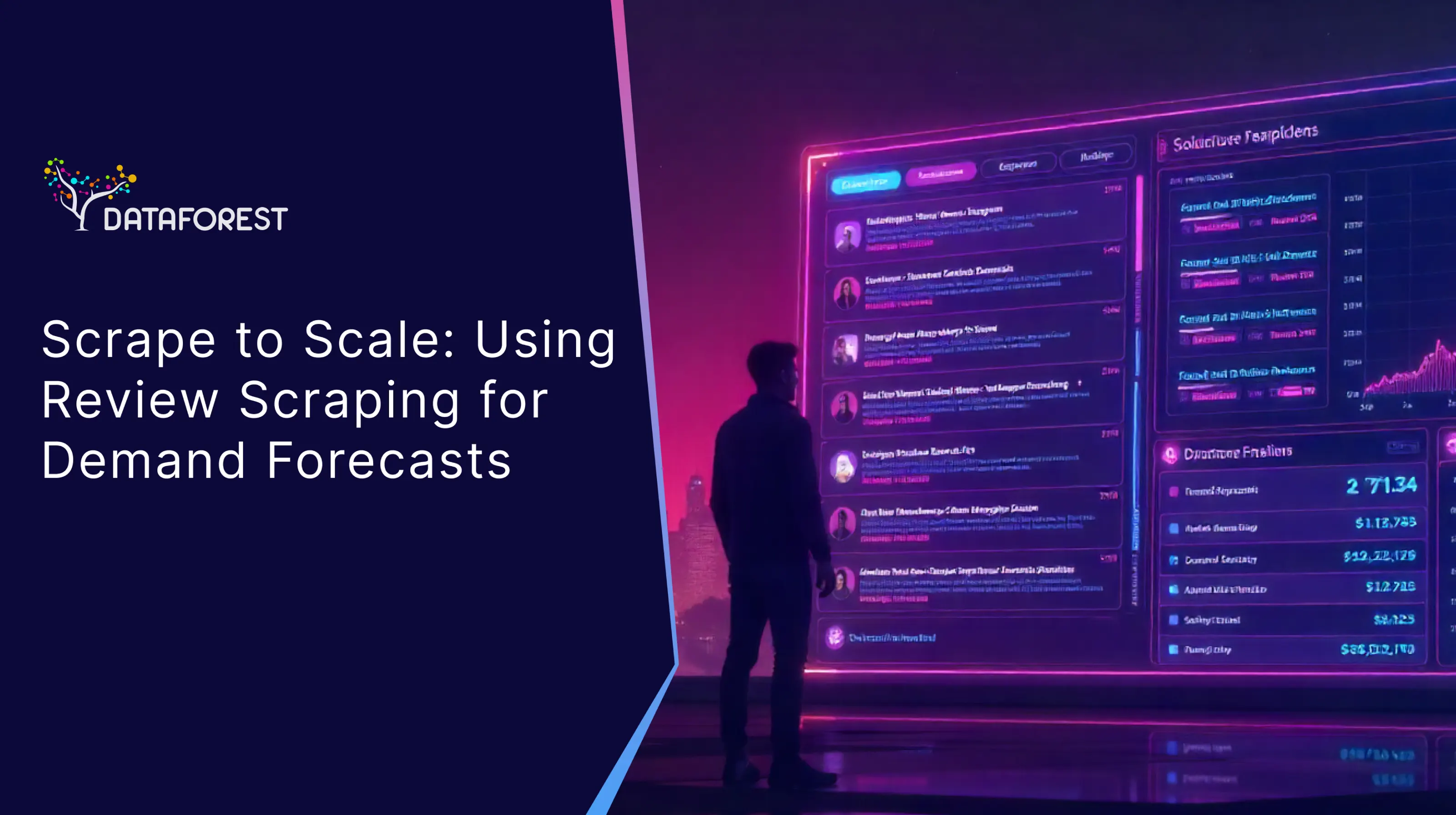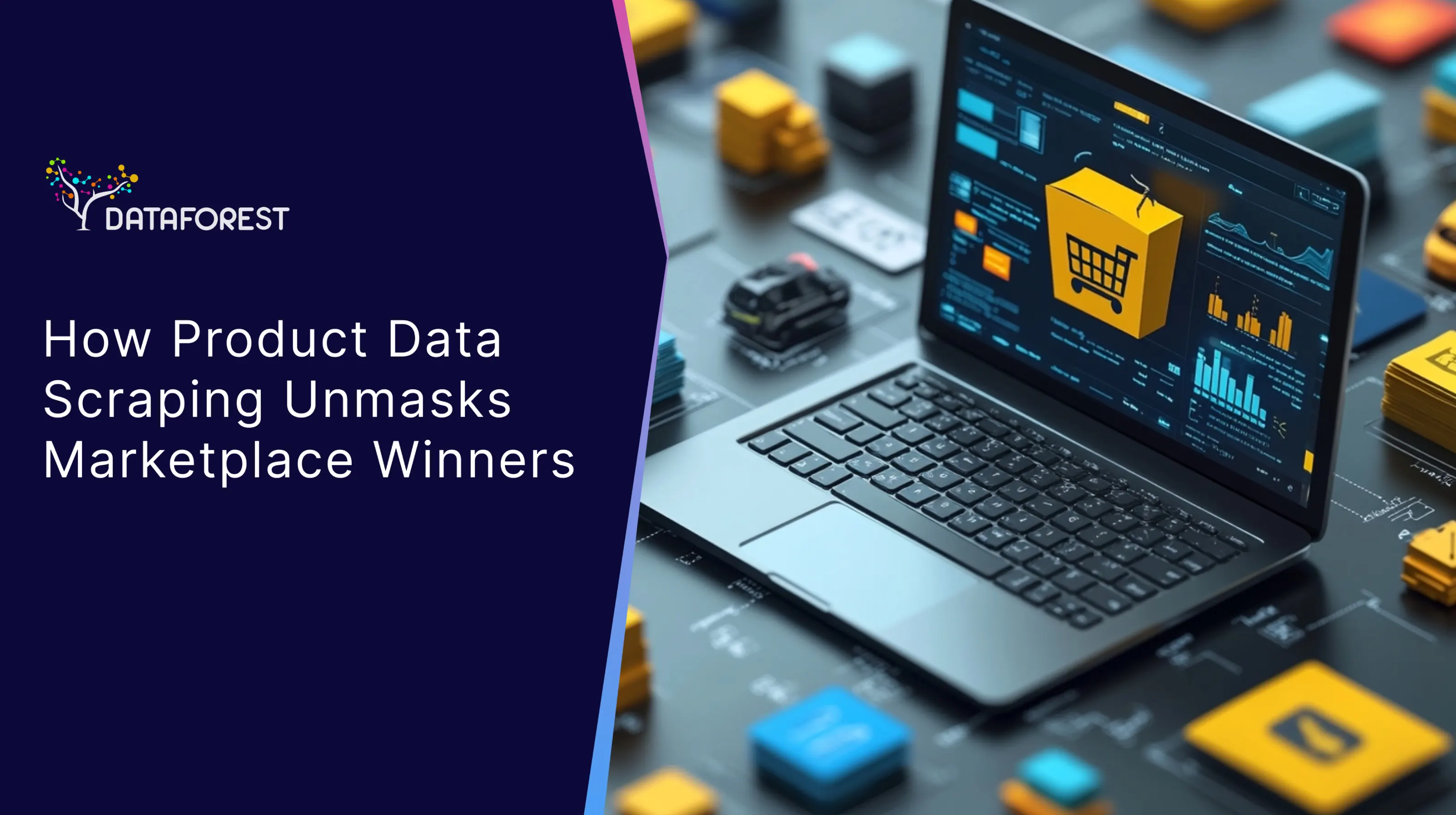In today’s hyper-competitive landscape, market leadership isn’t static—it must be re-earned every day. On the unforgiving digital shelf, market share is won and lost within hours, not quarters. A weekly pricing report is an autopsy; what you need is a live MRI scan. This is the new reality of enterprise market monitoring.
The digital ecosystem operates in a compressed timeframe. A competitor's promo launch on Monday morning can shift consumer behavior by Monday afternoon, impacting your sales by Tuesday. Waiting for traditional analysis means you're already two days behind—a lifetime in e-commerce. Think of it less as data and more as a way to convert the chaotic stream of real-time web information into your sharpest competitive weapon—a capability that specialized data partners like DATAFOREST can deliver.
The Competitive Vitals: What to Track for Market Dominance
To gain that market-dominating edge, your focus must narrow to the three vital signs of a competitor's public strategy: their pricing, their inventory levels, and their promotional cadence. These are not independent metrics; they are interconnected levers that, when analyzed together, reveal a comprehensive picture of your rival's intentions and vulnerabilities.
Price Changes: The Daily Pulse of Profit Margins
Because price is the market’s most visible and volatile signal, daily—or even hourly—adjustments are no longer exclusive to giants like Amazon. Sophisticated players across the retail sector use dynamic pricing to maximize revenue, clear inventory, and attack market share. A passive approach to price monitoring is a direct threat to your bottom line.

On the flip side, being even fractionally overpriced on a fast-moving product will kill your conversion rates. True competitor price monitoring isn't a race-to-the-bottom by matching every price drop. It's about reading the tea leaves: are they reacting to a surge in demand, following a marketplace seller, or launching an all-out price war? Knowing the 'why' lets you make surgical, data-driven pricing decisions that shield your margins and solidify your market standing.
Stock Levels: Gauging Supply to Predict Demand and Strategy
This brings us to inventory data—arguably one of the most powerful yet overlooked sources of competitive intelligence. A rival's stock level is a direct signal of their sales velocity, operational health, and overall strategic position. By monitoring it, you can establish a critical sales vs stock correlation that looking at price alone will never give you.
Picture this: a competitor drops its price by 20%. Is it a confident attack on market share or a fire sale to dump unwanted products? Stock level monitoring tells the story. If their inventory evaporates, you know the promo hit its mark. If it gathers dust, their gamble failed.
Beyond that, tracking stock uncovers operational fractures. When you see a competitor running low on a key item—knowing that stockouts can cost retailers up to 7.4% in lost sales, according to NielsenIQ—you're handed a golden opportunity. This is your cue to capture their unfulfilled demand, maybe with a targeted ad push. Their supply chain snag becomes your strategic win. Insights from a detailed web price scraping guide can further sharpen these tactics.
Promotions: Decoding the Language of Market Offensives
Promotions are the shock troops of retail—tactical maneuvers designed to grab attention and spark urgent sales. These competitor marketing moves, from flash sales to BOGO deals, create short-term revenue spikes. But without a solid system for promo campaign detection, you're always a step behind, reacting to moves that have already succeeded.
Real promotion tracking and campaign monitoring mean looking past the "20% Off" sign. It's about dissecting the entire play: the scope (one product or the whole store?), the timing (a 24-hour blitz or a week-long marathon?), and the mechanics (bundles, thresholds). This discount pattern analysis lets you map out their promotional playbook and even anticipate their next move based on patterns, like a predictable end-of-month push to hit sales goals.
The 48-Hour Mandate: Why Speed Dictates Success
In this environment, the 48-hour window isn't just a goal; it's the entire game board where real-time competitor analysis translates into tangible wins.
The Improver's Advantage: Beyond the First Move
Forget the old myth of 'first-mover advantage.' In the digital space, it's often a trap. The data shows that the real winners are rarely the pioneers; they're the fast, smart followers—the improvers. Victory isn't about being first; it's about delivering the smartest response, faster than anyone else.
When a rival makes a big play, a 48-hour response window gives you the breathing room to dissect it, forecast the fallout, and engineer a better counter-offensive. It's not about panic; it's about a calculated pivot. You get to watch their experiment play out, learn from the market's live reaction, and make your move without shouldering the initial risk. That's the heart of strategic agility, the kind that powers sophisticated advanced planning systems.
Pre-empting Catastrophe: Avoiding Stockouts and Mispricing
This 48-hour mindset is also your best defense. The moment a key competitor stocks out, the entire market's demand shifts. If your systems don't detect this shift within hours, you risk a stockout of your own, contributing to what IHL Group estimates is nearly $1 trillion in lost revenue for retailers worldwide from out-of-stocks and overstocks.
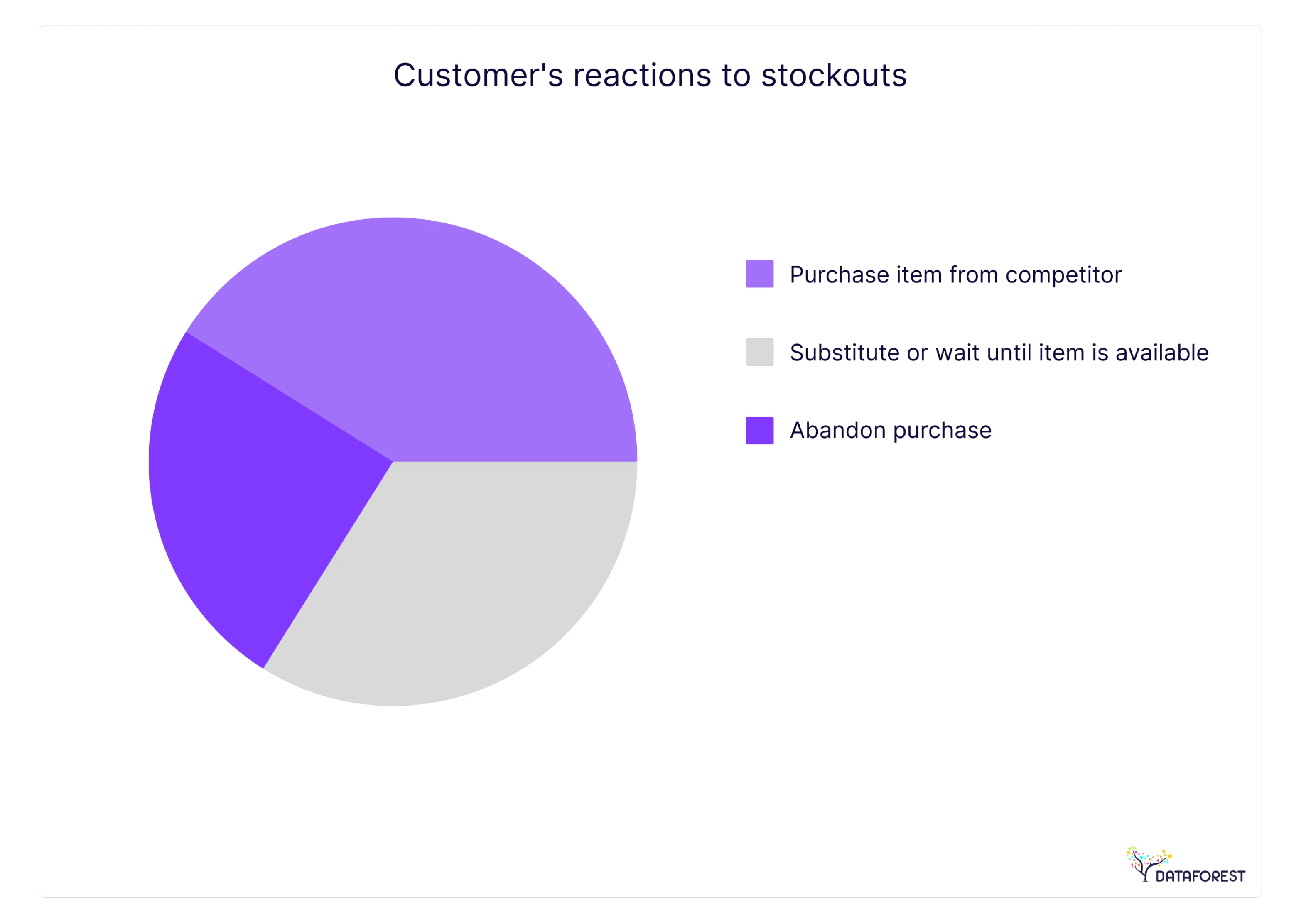
Conversely, if the market shifts to a new, lower price point and you fail to adjust, your products become instantly uncompetitive. Flash sale alerts and real-time pricing updates are not luxuries; they are fundamental risk management tools in modern e-commerce.
Web Scraping: The Engine of Real-Time Competitive Intelligence
Achieving a 48-hour X-Ray of your competition is impossible to do manually. The scale, speed, and complexity of the digital landscape demand an automated, robust solution. Web scraping is the foundational technology for any serious competitive intelligence strategy.
Why Manual Tracking Is a Recipe for Failure
Manually checking competitor sites is inefficient, error-prone, and unscalable. A single large retailer can have tens of thousands of SKUs with prices changing dynamically. A team of analysts cannot capture this data; by the time a report is compiled, it's obsolete. It's like trying to photograph a speeding train with a pinhole camera.
Automated Scraping: Achieving Near-Real-Time Clarity
A purpose-built monitoring solution turns this chaos into order. It systematically gathers structured data on prices, stock, and promotions from any competitor site or online marketplace you need to watch. The result is a clean, continuous river of intelligence flowing right where you need it—your analytics platforms.
Navigating the Technical Gauntlet
Let's be clear: this isn't easy. Today's e-commerce sites are digital fortresses, armed with anti-bot defenses, CAPTCHAs, and dynamic content designed to block basic scraping. To perform competitor web scraping at an enterprise level means expertly navigating this gauntlet—managing vast proxy networks, rendering pages with headless browsers, and building smart parsers that don't break every time a website's code is tweaked. This is a task that demands a dedicated, expert-driven data scraping service.
The DATAFOREST Blueprint: Enterprise-Grade Scraping for Unmatched Precision
Off-the-shelf scrapers fail at enterprise scale. A strategic web-scraping initiative demands a custom infrastructure built for precision, reliability, and flexibility. At DATAFOREST, we build bespoke data acquisition engines tailored to the unique intelligence requirements of our clients.
Platform-Agnostic Architecture
Your competitors are everywhere, and your intelligence should be too. We engineer platform-agnostic solutions capable of scraping online marketplaces like Amazon, direct-to-consumer (DTC) websites, and specialized B2B portals. Our architecture for e-commerce data management ensures you get a holistic market view.
High-Frequency Updates for Real-Time Decisions
The rhythm of your business dictates the cadence of our data. You might need hourly price checks for a fast-moving category, daily stock reports for logistics, or instant alerts for a competitor's promo price identification. We calibrate the frequency to your exact strategic tempo, guaranteeing the insights are fresh enough to act on, not just report on.
From Raw Data to Actionable Intelligence: Custom Deliverables
Because intelligence that you can't easily use is just noise. We provide a range of delivery formats to integrate into your workflow, from a direct API feed into your pricing engine to live dashboards, real-time alerts, or simple data feeds. Our solutions, as shown in our e-commerce scraping cases, are built to empower decision-makers.
A Case in Point: From Data to Dominance
Execution drives results. Consider the case of an AI-powered platform for e-commerce decisions we helped build. A major electronics client struggled to counter aggressive, unpredictable online pricing. By implementing a high-frequency competitor web scraping solution, we provided a real-time stream of price and stock data.
This data fueled their internal AI model, which began to not only track but also predict competitor pricing moves. The result: they automated their pricing strategy, responding intelligently within hours to market shifts. This led to a 12% increase in profit margin and a 7% increase in market share in just two quarters. They moved from being reactive to predictive, a transformation powered by timely, accurate web data.
The High Cost of Flying Blind
In an environment of total data visibility, willful ignorance means falling behind. The risks of operating with outdated intelligence aren't abstract—they are tangible threats to revenue and growth.
Margin Erosion Through Delayed Reactions
Every hour you are overpriced, you lose sales. Every hour you are underpriced without strategic intent, you leak margin. A slow response to a competitor's promotion means you either concede market share or are forced into a panicked, deeper discount later, permanently eroding your margin structure.
Stagnation by Overlooking Growth Triggers
Competitive intelligence isn't just a defensive shield; it's an offensive spear. A competitor's successful product launch, a new bundling strategy, or their inability to keep an item in stock are all growth triggers for your business. Being unaware of these competitor marketing moves is a missed opportunity. Staying informed on these trends is a key web scraping use case for growth.
From Intelligence to Invincibility
The 48-Hour Competitor X-Ray isn't a methodology; it's a strategic philosophy for modern commerce. It acknowledges that in a world of data-driven pricing decisions, the company with the fastest, most comprehensive intelligence wins. By embracing advanced Web-Scraping, you can move beyond simple price monitoring and develop a predictive, proactive, and profitable market strategy.
You can no longer afford to guess what your competitors are doing. It's time to see through their strategy in real-time and make decisions with confidence. The technology and expertise exist; the only question is whether you will seize the advantage.
Ready to build your 48-hour competitive X-ray? Contact our experts to design a custom data solution for your enterprise.
Frequently Asked Questions
How often can data be updated—hourly, daily, or in real time?
The frequency of data updates is entirely customizable to your business needs. For highly volatile products or markets, we can configure scraping for hourly or even near-real-time updates. For other use cases, such as strategic price benchmarking, daily or twice-daily updates may be sufficient. We design the data delivery schedule to match your decision-making cadence.
Can scraping detect promotions like flash sales, bundles, or hidden discounts?
Yes. A sophisticated web-scraping solution can be engineered for comprehensive deal detection. This includes identifying explicit promotions like banners and sale prices, as well as more subtle tactics like "add to cart" discounts, bundled offers ("buy X, get Y"), and promo codes. This level of promo campaign detection provides a full picture of a competitor's pricing strategy.
Will scraping work if competitors use JavaScript or load data dynamically?
Absolutely. Modern competitor web scraping utilizes advanced technologies like headless browsers that can render and interact with web pages just like a human user. This allows them to execute JavaScript, handle AJAX calls, and extract data that is loaded dynamically, ensuring that you receive complete and accurate information even from the most complex websites. This is a key aspect of what web scraping is and how it can benefit your business.
What happens if a website structure changes—will data stop coming in?
Website structure changes are an expected part of the scraping lifecycle. Our team will rapidly re-engineers the scraper to the new layout, which means you get a consistent, uninterrupted flow of intelligence.
Can we receive alerts when a competitor changes price, stock, or launches a promo?
Yes. Think of our custom alerts as your personal market radar. A core part of our monitoring solution, we set up automated triggers for the events that matter most to you. For example, you can receive an immediate email, Slack message, or API call when a key competitor drops a price below a certain threshold, their stock level for a product hits zero, or a "sale" banner appears on their homepage. These flash sale alerts are critical for enabling a 48-hour response.
Is web scraping competitor prices legal and ethical?
Scraping publicly available data, such as the price of a product listed on a public website, is generally considered legal. The key is to scrape responsibly: not overwhelming a server with requests, respecting robots.txt files where strategically appropriate, and never scraping personal data or information behind a login wall. We operate within a strict ethical framework to ensure all web data extraction is performed responsibly.
How can this data integrate with our existing business intelligence tools?
We deliver the data in whatever format works for your stack. Whether it's structured files (like CSV or JSON), a direct feed into your database, or a custom API, our goal is a frictionless integration with your BI tools like Tableau, data warehouses like Snowflake, or your own internal warehouse automation solutions and pricing engines.


